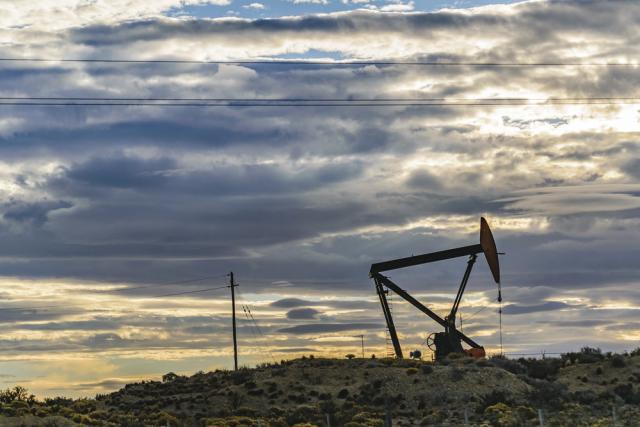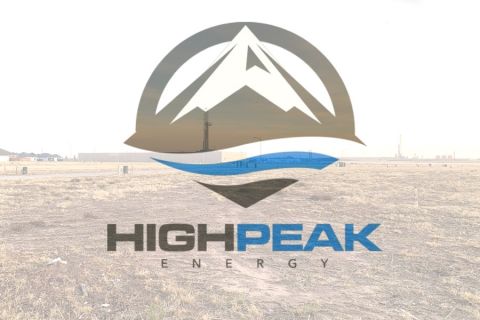
Discovering new oil and gas frontiers in Guyana, Suriname and Equatorial Guinea is critical in meeting global energy demand. (Source: Shutterstock)
Benjamin Franklin once famously said there are only two certainties in life: death and taxes. But a third appears to have emerged: the need for oil and gas in powering the world.
Oil and gas is the largest supplier of energy on the planet. But despite the fact that most of the world’s energy comes from fossil fuels, there is a significant underinvestment in the industry as a whole.
“Currently we're investing around $400 billion a year. If we want to meet the world's demand, then we've got to invest $500 billion to $600 billion per year. So we're underinvesting every year in oil and gas right now,” Timothy Chisholm, Hess’ vice president of exploration and production, said on May 2 during the evolving offshore frontiers session at the 2023 Offshore Technology Conference.
That’s not the only problem the industry is facing. In the midst of pollution, climate changes and ozone depletion, the need to decarbonize and reduce emissions is greater than ever. Chisolm and his session partner Joelson Mendes, exploration and production executive director at Petrobras, offered a simple solution to tackle those problems: the industry must invest in the exploration of new frontiers, especially in Latin America.
“Since the beginning of our activities in the 50’s, we have evolved in search of new frontiers. Our challenges at first were offshore and shallow waters. We discovered and developed main fields, then we dare[d] to innovate and expand our activities,” Mendes said. “Since the beginning, we have identified and developed new technologies to overcome physical challenges, such as the production in ultradeep waters. Now the nature of our challenge is different as the world is alert to ESG issues. So, we need to reduce uncertainties and optimize our products to be more cost-efficient.”
Discovering new frontiers such as oil and gas basins in Guyana, Suriname and Equatorial Guinea allows for that. Exploration in frontier basins is critical in meeting global demand. Guyana, which had no discovered resources before 2015, now has more than 11 Bboe discovered. The Guyanese resources also emit a lower amount of carbon than most reserves, with greenhouse gas intensity at 30%. Guyana is now emerging as a new power in the oil and gas field due to various discoveries in the past seven years.
RELATED: LatAm Outlook 2023: Brazil, Guyana Anchor Production Growth
“These are exceptional reservoirs in deep water… you can see the kind of rates range from 140,000 bbl/d to 250,000 bbl/d reserves. So these are world class scale developments at low cost of supply. And that resource base underpins the possibility of up to 10 FPSOs in Guyana,” said Chisolm. “This is the kind of scale that you need to meet that challenging oil and gas demand that is out there to bring the world out of poverty while we transition into that renewable area.”
Reducing carbon emissions has been a goal of the energy industry for years—and the recent discoveries in Latin America are only the tip of the iceberg, the panelists said. Petrobras has begun to dive into carbon capture and storage, as well as alternative energy sources such as wind and hydrogen to help reduce emissions.
“Transition is energy security and energy security is the main subject regarding the global energy landscape,” Mendes said. “In this context, we in the offshore frontier are facing new challenges that require technological development to improve efficiency and use solutions to give a sustainable path to low carbon.”
OTC RELATED:
Brazil Targets 5 MMbbl/d Production by 2030
Exxon Not Quitting Exploration in Brazil, Exec Clarifies
Since a full transition away from oil and gas has yet to happen (and oil and gas might be too valuable to completely pivot away from), operators need to broaden their horizons in the search for ways to meet the global energy demand, which hasn’t changed in around 50 years. New frontiers in Latin America seem to be the key to that.
As Mendes put it, “Latin America is well-positioned regarding new energy projects. It not only has the potential to develop renewables such as wind and hydrogen for energy, but also favorable geopolitical economic conditions. Latin America is a good location to develop [an] energy ecosystem.”
Recommended Reading
BP’s Kate Thomson Promoted to CFO, Joins Board
2024-02-05 - Before becoming BP’s interim CFO in September 2023, Kate Thomson served as senior vice president of finance for production and operations.
Magnolia Oil & Gas Hikes Quarterly Cash Dividend by 13%
2024-02-05 - Magnolia’s dividend will rise 13% to $0.13 per share, the company said.
TPG Adds Lebovitz as Head of Infrastructure for Climate Investing Platform
2024-02-07 - TPG Rise Climate was launched in 2021 to make investments across asset classes in climate solutions globally.
Air Products Sees $15B Hydrogen, Energy Transition Project Backlog
2024-02-07 - Pennsylvania-headquartered Air Products has eight hydrogen projects underway and is targeting an IRR of more than 10%.
HighPeak Energy Authorizes First Share Buyback Since Founding
2024-02-06 - Along with a $75 million share repurchase program, Midland Basin operator HighPeak Energy’s board also increased its quarterly dividend.






